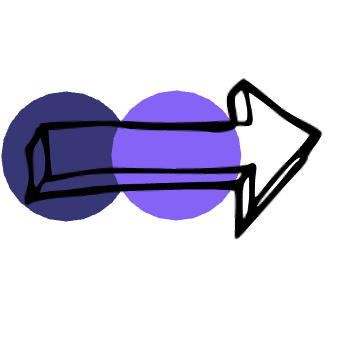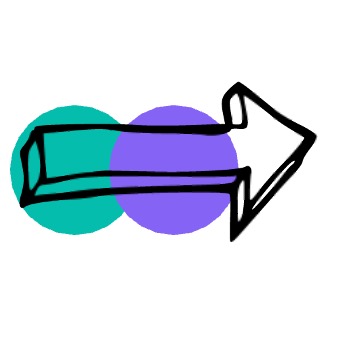
This challenge is currently open to applications, you can review the challenge briefing by following the link for the video replay.
The deadline to apply for this challenge is Friday 29th November at 5pm.
This support is fully funded by the UK Government through the UK Shared Prosperity Fund.
Tees Valley Innovation Challenge is delivered by Edge Innovation Ltd and Health Innovation North East and North Cumbria on behalf of the Tees Valley Mayor and Combined Authority, and the Tees Valley Business Board
About Thirteen Group
Thirteen Group, a housing association providing homes and services to around 100,000 customers in the North-East, Yorkshire, and Humber, employ a diverse team with varying roles, backgrounds and skills - requiring tailored internal communication approaches.
Internal research shows that while the majority of Thirteen colleagues are happy with the internal communication strategies, their trade operatives can feel disconnected from the corporate side of the business due to limited device access, poor internet in off-site locations, impairments like poor eyesight, literacy or digital skills issues, and negative perceptions of corporate messaging.
Improving direct communication with trade operatives is essential to prevent misinformation, avoid process delays, and ensure that corporate values are reflected in practice. This is crucial for maintaining service quality.
About the challenge:
The goal is to create a targeted communication framework with actionable processes and tools to enhance engagement between trade operatives and the internal communications team, both directly and via managers. This framework should align with Thirteen Group’s culture strategy for sustainable, long-term impact. Proposals may include new engagement methods or tools for managers, but they must optimise operatives' limited time to avoid disrupting daily operations and align with Thirteen’s broader communication strategies.


Lack of understanding and engagement with internal communications:

Trade Operatives such as:
A clear and engaging communications eco system:


The internal communications team use a range of communication tools to fulfil the diverse needs of staff members:
Intranet (workplace by meta – closure due in August 2025):
Toolbox talks:
Email (T-Time Newsletter):
Plain text Emails:
Emails to managers:
Teams:
Business Briefing:

An efficient and accessible communications eco-system to engage with trade operatives:





To access this support, you must be a small or medium-sized business based in Tees Valley (Darlington, Hartlepool, Middlesbrough, Redcar & Cleveland, or Stockton-On-Tees).
Support is fully funded by the UK Government through the UK Shared Prosperity Fund.
Tees Valley Innovation Challenge is delivered by Edge Innovation Ltd and Health Innovation North East and North Cumbria on behalf of the Tees Valley Mayor and Combined Authority, and the Tees Valley Business Board.
Oops! We could not locate your form.